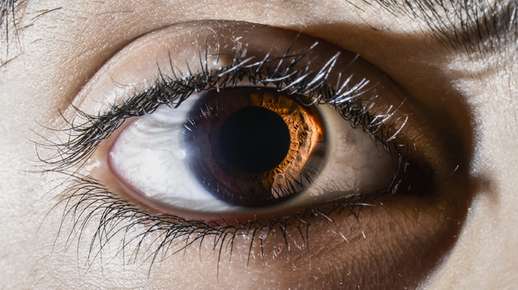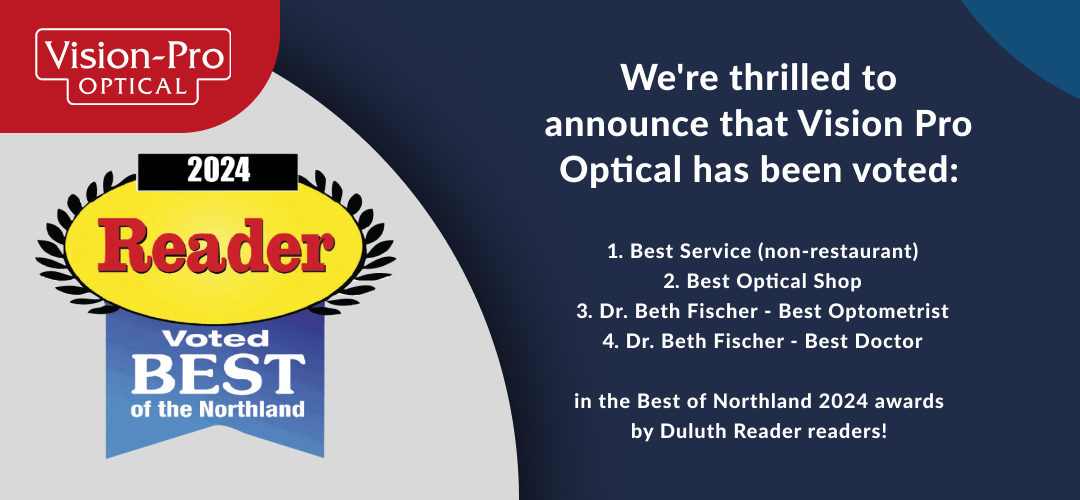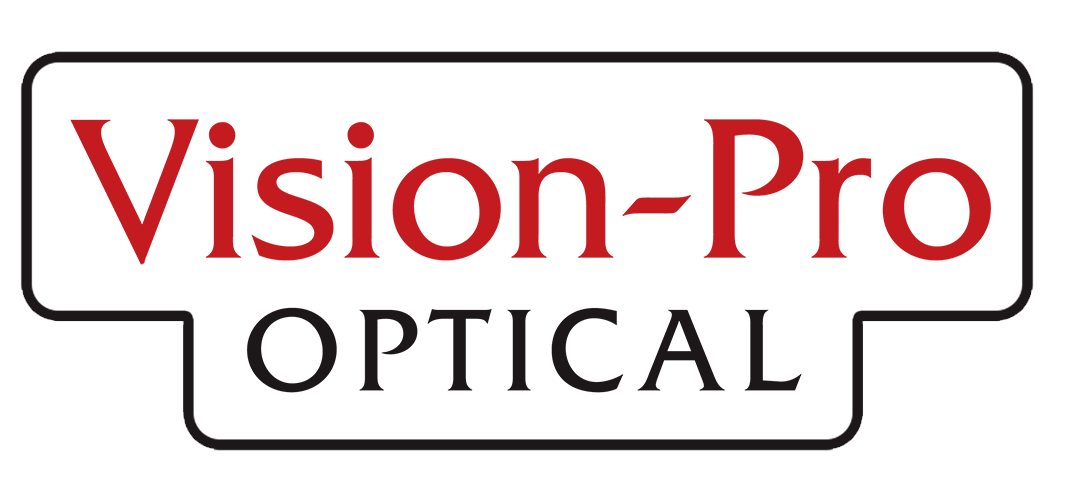

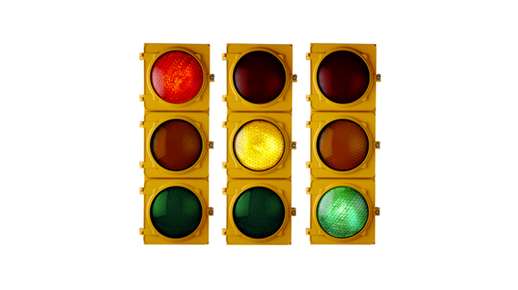
Directional Sequencers
This device integrates all of the senses used for learning. It is one of the basic instruments used for visual-motor training, and helps with direction, rhythm, eye-hand coordination, and work and shape recognition. It consists of an aluminum case with illuminated...
Ocular Motor Dysfunction
Parents are often aware of the need to screen children for nearsightedness or farsightedness, but fewer know about other pediatric vision problems. Ocular motor dysfunction is a condition that often manifests in childhood, although adults may also have this disorder....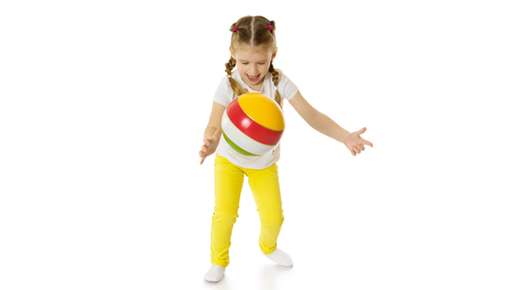
Marsden Balls
Here, a ball with letters, numbers, colors, pictures, or a combination is hung from the ceiling. In activities used to help focus visual attention, the individual may be asked to concentrate on a figure while bunting the ball with a rod, or hitting or catching it with...
Bifocals & Multifocals
If you find yourself struggling to see both at far distances and nearby reading materials, then it may be time to consider bifocals. Your eye care provider and the trained optometry staff will work with you to determine the best way to meet your needs while helping...